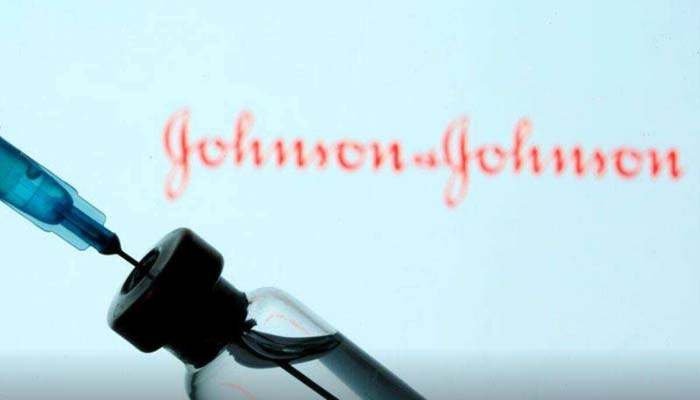Agencies
US, April 15:
The US paused the roll-out of the Johnson & Johnson vaccine this week “out of abundant caution” after six people developed unusual blood clots from among the 6.8 million given the dose. This follows similar concerns with the Oxford-AstraZeneca vaccine.
Johnson & Johnson also announced on Wednesday that it was pausing deliveries of its single-dose vaccines to the European Union that had started on Monday. A delivery of 200 million doses to the EU has been scheduled for the second quarter of this year.
Meanwhile, the European Medicines Agency said that the benefits of the vaccine made by Johnson & Johnson in preventing Covid-19 outweigh the risks of side effects. The regulator also said that it is still assessing the “very rare cases of unusual blood clots” which are being associated with the vaccine.
A look at what happened, and what we know so far
Blood clots seen till now
6 cases in 6.8 million doses of Johnson & Johnson vaccine
How they compare to other clot risks
- 500-1,200 cases are reported in women taking birth control pills on average
- 1,763 cases among one million smokers on average
What signs to look out for
- Shortness of breath
- Chest pain
- Swelling in leg
- Persistent abdominal pain
- Neurological symptoms, including severe and persistent headaches or blurred vision
- Tiny blood spots under the skin beyond the site of injection
What we know so far
- The European Medicines Agency says one plausible explanation for the combination of blood dots and low blood platelets is an immune response leading to a condition similar to one seen sometimes in patients treated with heparin, a blood thinner.
- Very rarely, heparin recipients form antibodies that both attack and overstimulate platelets, news agency Associated Press quoted Dr Geoffrey Barnes, a clot expert at the University of Michigan, as saying.
- It is unclear if this issue is due to the adenovirus vector that J&J and Oxford-AstraZeneca use and whether it effects the Sputnik V vaccine and the one made by China’s CanSino. For now, officials say it is important to make sure doctors know how to treat patients suspected of having dots, which includes avoiding heparin.




